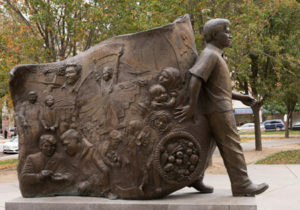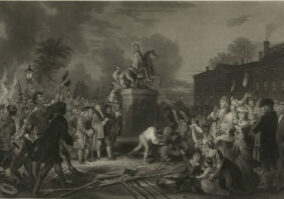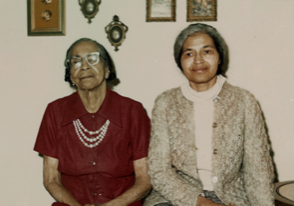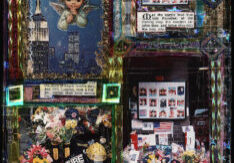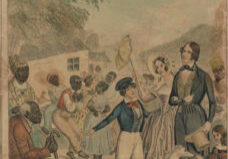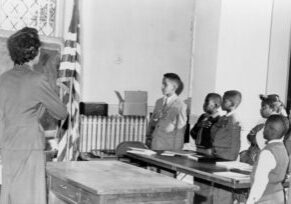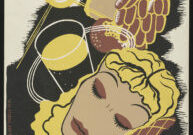Lesson Plans
Rosa Parks: A Proud Daughter
Students develop literacy skills as they analyze a greeting card to investigate families and the emotions they express and get introduced to civic activist and change maker Rosa Parks. The teacher's guide includes ideas for making connections to historical inquiry through further investigations of greeting cards in the Library's Rosa Parks Papers collection and applying what they learned by creating a card for a leader or relative who has done something unique or important for them.
TB or Not TB: Disease Prevention
In this lesson, students use the example of tuberculosis to learn how scientists, the government, and public-interest organizations work together to ensure that the public has equal access to disease-prevention information and support. In Part I, students discuss the role of science in public health and play the role of “Disease Detectives” to learn more about tuberculosis from primary sources. In Part II, students participate in a gallery walk to analyze historic public health posters about disease prevention to learn about the people and groups responsible for fighting tuberculosis. In Part III, student groups apply what they have learned to create their own posters about disease prevention today.
- « Previous
- 1
- 2
